Choosing the right flooring for your home or business can be overwhelming with so many options available today. However, among the many choices, SPC flooring has gained significant attention in the construction and renovation industry. Known for its impressive durability, water resistance, and versatility, SPC (Stone Plastic Composite) flooring has emerged as a leading option for both residential and commercial spaces. But what exactly is SPC flooring, and why is it becoming the go-to choice for many?
SPC flooring is a rigid vinyl product made from a combination of limestone and PVC. Its unique stone composite core provides exceptional durability, water resistance, and ease of maintenance, making it an ideal choice for high-traffic, moisture-prone areas such as kitchens and bathrooms.
If you’ve ever found yourself caught in a dilemma over which flooring material to choose, SPC flooring might just be the solution you’ve been looking for. Its robust structure, low maintenance, and aesthetic appeal make it a valuable investment in modern construction projects. In this guide, we will dive deep into the meaning of SPC flooring, how it’s made, its benefits, and why it stands out from other flooring types.
1. What is SPC Flooring?
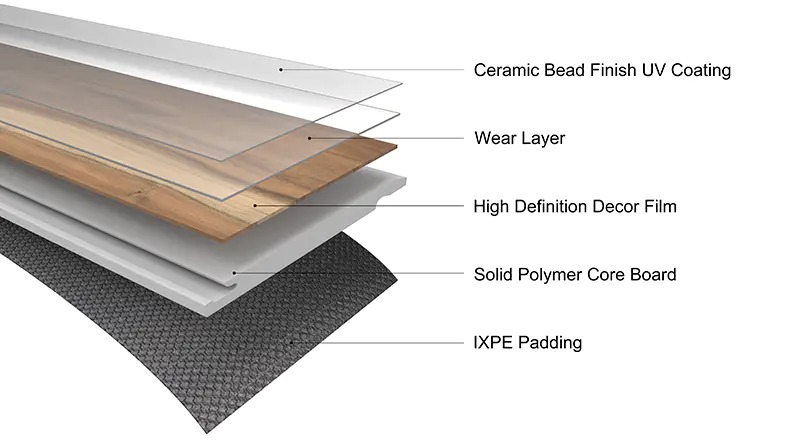
SPC flooring, short for Stone Plastic Composite, is a type of rigid vinyl flooring that combines limestone powder with PVC to create a stable, durable core. It features several layers, including a wear-resistant layer, a design layer, a rigid stone composite core, and a backing layer. This composition makes it waterproof, stable, and highly resistant to scratches, dents, and wear, making it perfect for a variety of high-traffic areas.
SPC flooring is made from a combination of limestone and PVC, resulting in a rigid, water-resistant, and durable floor. Its structure includes multiple layers designed for stability, scratch resistance, and aesthetic flexibility.
- Composition Breakdown: The core of SPC flooring is made from a mixture of limestone powder and PVC, which provides stability and resilience. The wear layer offers protection against abrasions, while the design layer allows for a variety of aesthetic choices, replicating wood, stone, and more.
- Layering: SPC flooring’s layers are carefully designed to enhance its performance. The top wear layer is responsible for protecting the floor from scratches and stains, while the rigid core provides structural stability. The backing layer ensures that the floor remains flat and reduces the risk of moisture damage.
| Layer | Material | Function |
|---|---|---|
| Wear Layer | Polyurethane or vinyl | Protects from scratches and stains |
| Design Layer | PVC and other polymers | Provides aesthetic flexibility |
| Rigid Core | Limestone and PVC | Adds stability and moisture resistance |
| Backing Layer | Foam or cork | Provides comfort and moisture protection |
2. How is SPC Flooring Made?
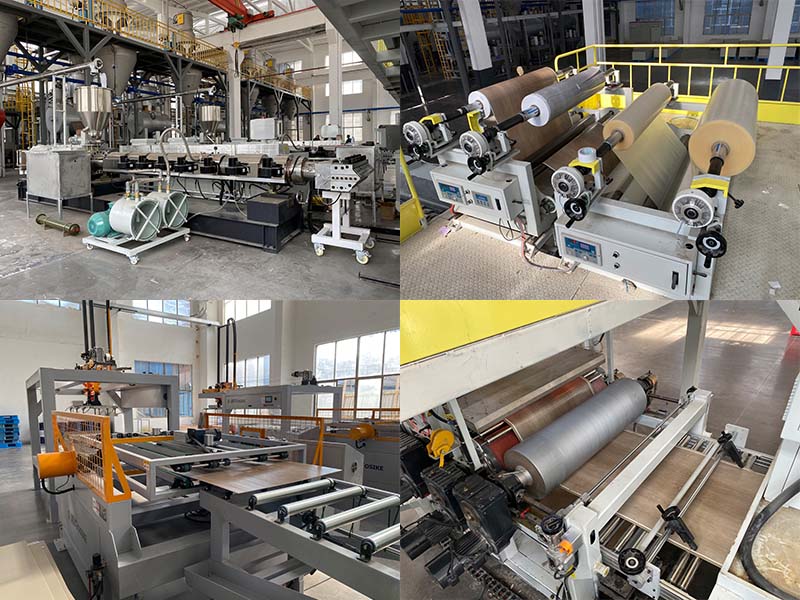
SPC flooring is created through a multi-step process that involves mixing limestone powder and PVC, then extruding the mixture into planks or tiles. The floor is built with multiple layers to ensure durability and aesthetic appeal. The process involves precise manufacturing techniques to create the perfect balance of performance and design flexibility.
SPC flooring is manufactured by combining limestone powder with PVC to create a rigid core. This mixture is then processed into planks or tiles and layered with a wear-resistant surface and design layer for added durability and visual appeal.
- Limestone and PVC Combination: The main component of SPC flooring is a blend of limestone powder and PVC. The limestone provides the floor with strength, while PVC adds flexibility and durability. This combination results in a floor that is water-resistant and stable, ideal for high-moisture environments like kitchens and bathrooms.
- Extrusion and Layering: After the limestone and PVC are mixed, the compound is extruded into planks or tiles. The wear layer is added during this process, followed by the design layer, which can mimic the appearance of natural materials like wood or stone. The backing layer is added last to provide comfort and stability.
| Process Step | Description | Impact on Flooring |
|---|---|---|
| Material Mixing | Limestone and PVC are blended | Ensures strength, water resistance, and stability |
| Extrusion | Heated mixture is pressed into shape | Forms the base structure of the flooring |
| Layering | Addition of wear, design, and backing layers | Provides durability, aesthetics, and moisture protection |
3. What Are the Key Benefits of SPC Flooring?
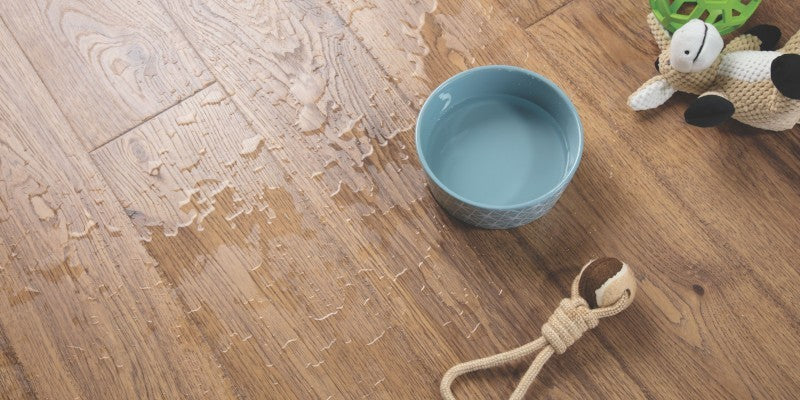
SPC flooring offers a variety of benefits that make it a popular choice in residential and commercial spaces. These benefits include excellent durability, water resistance, ease of installation, and the ability to mimic natural materials. SPC is also cost-effective compared to other flooring options like hardwood or stone.
SPC flooring offers durability, water resistance, easy maintenance, and an extensive range of design options. It’s an affordable solution for high-traffic areas, offering both aesthetic flexibility and long-term performance.
- Water Resistance: SPC flooring’s core is completely waterproof, which makes it perfect for spaces like kitchens, bathrooms, and basements. Unlike hardwood or laminate, SPC does not warp or swell when exposed to moisture.
- Durability: SPC flooring is highly durable, resisting scratches, dents, and stains. This makes it an excellent choice for high-traffic areas such as commercial spaces, schools, and offices, where flooring needs to endure heavy use.
- Ease of Maintenance: SPC floors are easy to clean and maintain, requiring just regular sweeping or mopping to keep them looking pristine. The wear layer protects the surface from dirt and grime, making it more hygienic and easier to maintain than carpets or hardwood.
| Benefit | Description | Advantage |
|---|---|---|
| Water Resistance | Completely waterproof | Ideal for moisture-prone environments |
| Durability | Scratch, dent, and stain resistant | Long-lasting, resistant to heavy use |
| Easy Maintenance | Requires minimal upkeep | Keeps floors looking new with little effort |
4. Why is SPC Flooring a Popular Choice in Modern Construction?
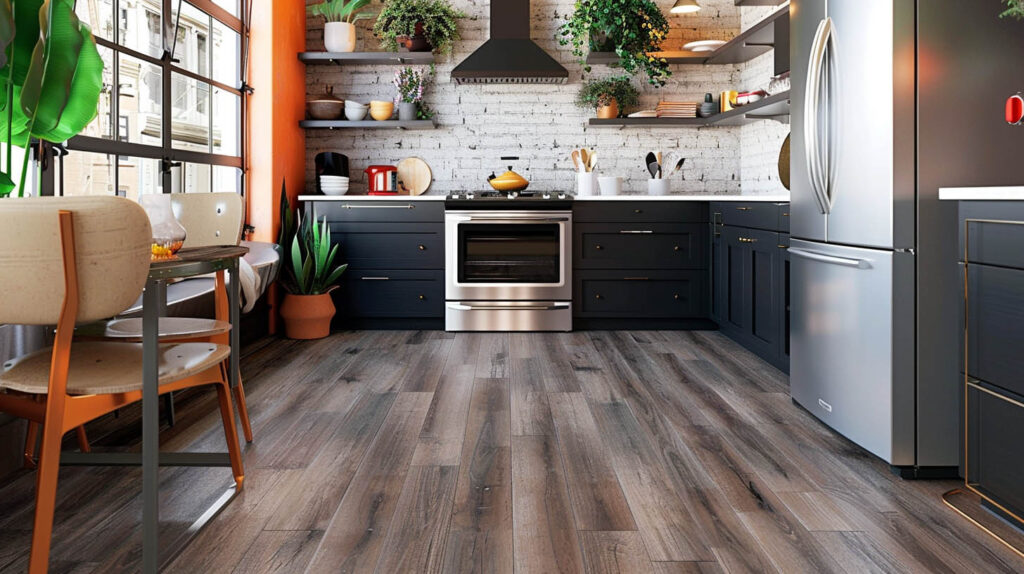
SPC flooring has gained significant popularity due to its combination of durability, aesthetic versatility, and ease of installation. It’s particularly favored for both residential and commercial spaces because it offers the look of high-end materials like wood and stone, at a fraction of the cost. Additionally, SPC floors can be installed over most existing floors, reducing installation costs and time.
SPC flooring is popular for its durability, aesthetic options, and ease of installation. It’s an affordable alternative to high-end materials, offering long-term performance and cost savings in both residential and commercial spaces.
- Cost-Effective Alternative: SPC flooring provides the appearance of premium materials like hardwood or stone but at a much lower cost. This makes it an attractive option for those on a budget without sacrificing style or durability.
- Installation: SPC flooring is designed with a click-lock installation system, which eliminates the need for glue, nails, or staples. This makes it easier and quicker to install, which is particularly beneficial for both DIY projects and professional contractors.
| Feature | Benefit | Impact on Cost and Installation |
|---|---|---|
| Cost-Effectiveness | Affordable compared to hardwood | Saves money on material costs |
| Easy Installation | Click-lock system | Reduces labor costs and installation time |
5. Which Applications Benefit Most from SPC Flooring?
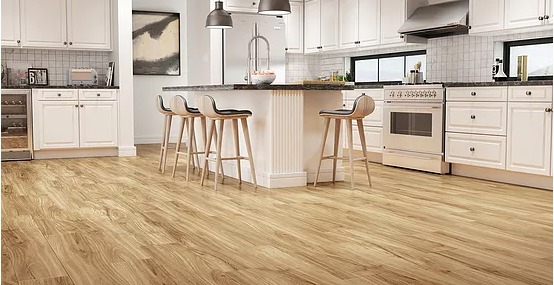
SPC flooring excels in high-traffic, moisture-prone areas such as kitchens, bathrooms, and commercial spaces. Its durability and waterproof qualities make it a perfect fit for environments that demand both aesthetic appeal and long-lasting performance.
SPC flooring is perfect for kitchens, bathrooms, and commercial spaces, thanks to its durability and water resistance. It’s ideal for both residential and high-traffic environments where longevity and performance are crucial.
- Residential Applications: SPC flooring is a popular choice for modern homes, particularly in kitchens, living rooms, and bathrooms. Its water resistance and durability make it a safe and stylish option for areas that experience heavy use.
- Commercial Applications: In commercial spaces like offices, retail stores, and schools, SPC flooring provides the durability needed to withstand heavy foot traffic. Its low maintenance and long lifespan make it ideal for busy environments.
| Application Area | SPC Flooring Benefits | Best Use Case |
|---|---|---|
| Kitchens | Water-resistant, durable | Best for high-moisture, high-traffic areas |
| Bathrooms | Moisture-resistant, easy to clean | Ideal for wet environments |
| Commercial Spaces | Long-lasting, low maintenance | Perfect for offices and retail spaces |
Conclusion
SPC flooring offers an impressive combination of durability, water resistance, and aesthetic flexibility, making it a top choice for modern construction projects. Whether you’re remodeling your home or outfitting a commercial space, SPC flooring provides long-term value, affordability, and ease of maintenance.
If you’re ready to upgrade your floors with high-quality SPC flooring, reach out to Kinwin today. Our expert team can help you choose the best SPC flooring solution tailored to your needs, offering a variety of designs, colors, and sizes for any space. Contact us now for a customized quote and transform your floor with the beauty and durability of SPC!


